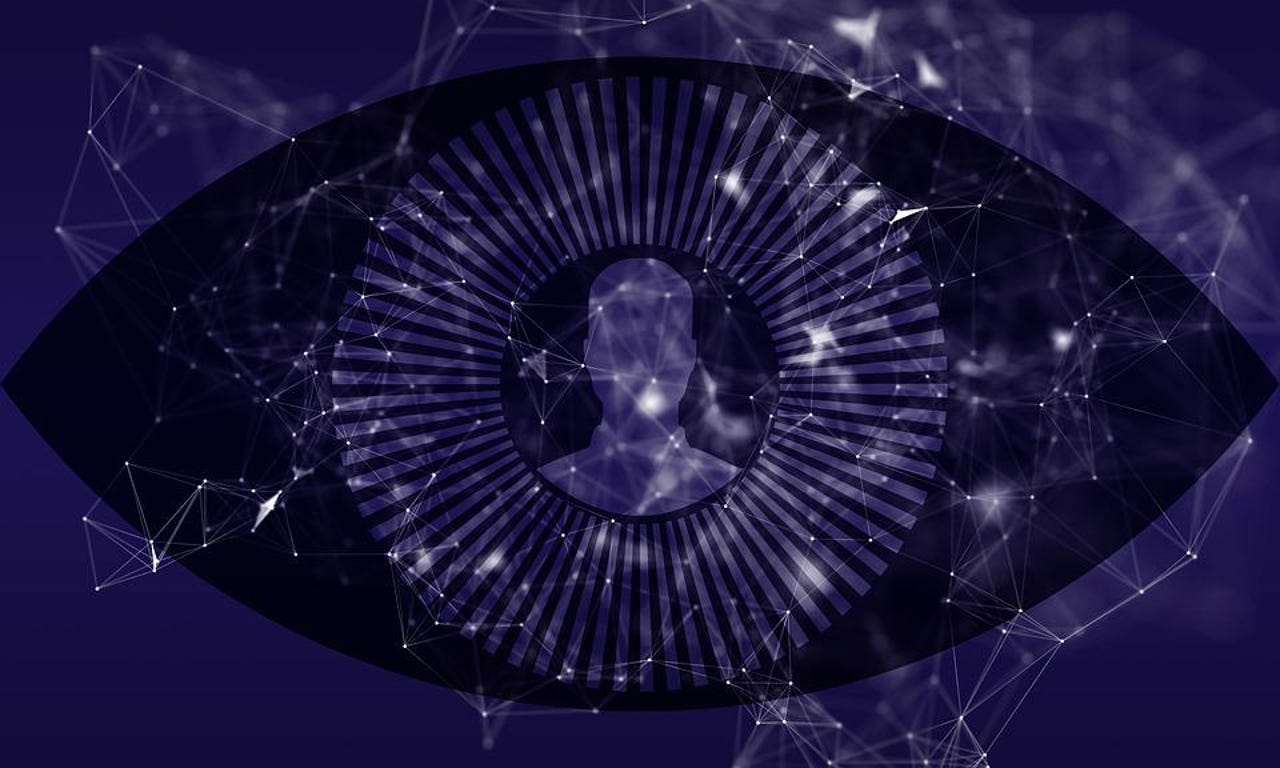As lockdowns ease, a new surveillance reality awaits


For those who fear the pandemic will give rise to an extra layer of surveillance and accelerate the erosion of security, there's some bad news. We're already seeing pretty strong evidence on the development side of a wave of technologies designed to enhance tracking and crowd management at gathering spaces of all kinds.
Crises in general have a way of bolstering development of security technologies designed to keep an eye on crowds. In 2018, following continuing waves of gun violence and mass shootings, for example, a company called Athena debuted a gun detection system that could be implemented anywhere crowds gather.
Now, with COVID-19 jogging the very foundations of what we consider normal, a French start-up called Outsight, whose skin-detecting camera we've covered in the autonomous driving space, has announced what it calls the first autonomous laser capable of managing the movement of crowds. The technology makes it possible to identify and track individuals based on risk characteristics, such as not wearing a mask, abnormal temperature, or non-compliance with physical distancing. Even in dense crowds or large spaces Outsight's laser is able to track an individual autonomously.
Privacy advocates watching the embedded video might well fall off their chair, but the reality is that in the shadow of this pandemic there will doubtless be new surveillance and monitoring standards, and that they're gong to much more stringent than we're used to. It may provide some succor that Outsight's technology does not use video capture. And ensuring social distancing guidelines are respected is certainly in the common interest.
Still, it's hard to see anything but the specter of a surveillance state in a technology designed to collect biostats like temperature and to track individuals deemed high risk. The technology is designed for use in public spaces like airports, where surveillance is already high, but there's nothing that suggests it won't migrate to spaces like stadiums and parks.
See also: Going back to the office? New spying tools are waiting to greet you | Security experts warn: Don't let contact-tracing app lead to surveillance | Roundup: COVID-19 pandemic delivers extraordinary array of cybersecurity challenges
"The pandemic requires the implementation of realistic solutions to ensure the safety of individuals in public spaces," says Cédric Hutchings, CEO and co-founder of Outsight. "With its efficiency and respect for private data, Outsight's 3D monitoring is an extraordinary autonomous device that will help make the world safer."
It's a sentiment that's likely to be shared by security organizations and municipalities around the globe, and it's a good time to be developing tech designed to keep an eye on folks.
The tech behind the innovation, however you feel about it, is pretty impressive. An autonomous smart device houses Outsight's new infrared laser. Outsight's technology garnered it multiple awards at CES 2020, where it demonstrated that its use of artificial intelligence processing can be more agile than machine learning while also protecting private data. Unlike machine learning solutions, the artificial intelligence used by the Outsight 3D Semantic camera housing this laser does not require data to learn, meaning it uses less energy and only the bandwidth strictly necessary.
"Operators of public spaces now have to manage complex security issues while respecting data privacy. Outsight laser technology, embedded in a single autonomous and smart device, improves management of crowd safety without obstructing its fluidity and is essential for the operators of public spaces" says Raul Bravo, President and co-founder of Outsight.